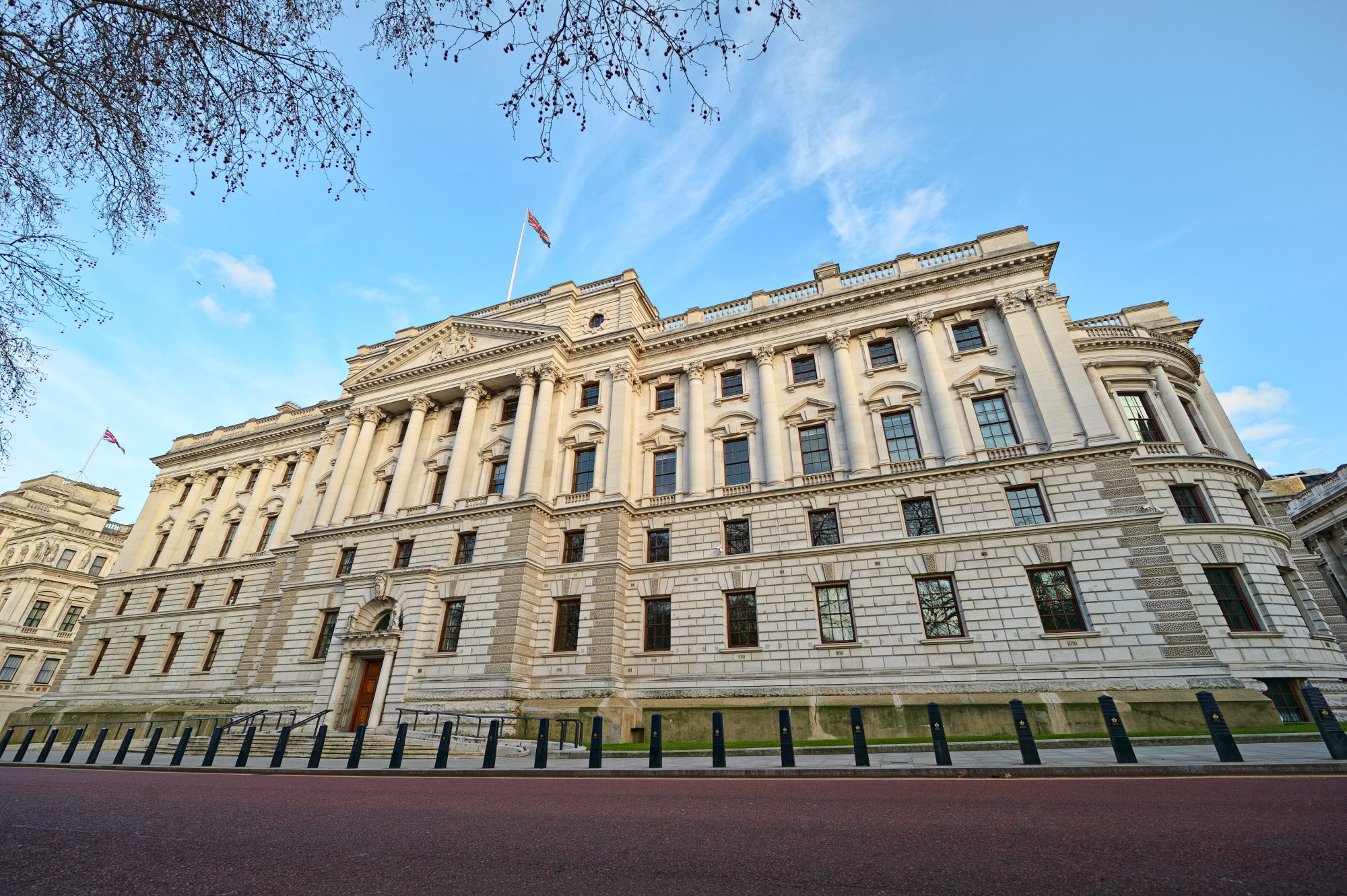Mark Chivers, Government Chief Property Officer and Director General from the Government Property, heralds the new property strategy launched by the UK Government
The public estate is a unique resource, with a vast impact. The quality, location, and effectiveness of the public estate have a direct relationship to the quality of public services citizens receive.
We will transform the public estate to help transform and improve public services. This will involve reshaping where our estate is located, how it is designed and constructed, and encouraging more co-location and integration.
Government Property Strategy 2022-2030
To help drive this transformation, last month, my team in the Office of Government Property published a new, eight-year, Government Property Strategy.
This strategy sets out how we are going to work to create a smaller, better, and greener public estate, one which supports levelling up by transforming places and services, and how we were going to deliver through improved professional excellence, underpinned by
better data and insight.
The government estate is made up of hundreds of thousands of assets, from prisons and courts, to schools and museums, hospitals and health surgeries, job centres, military bases, administrative offices, and many more, spread all around the UK.
The strategy sets out a series of commitments under three core missions: transform places and services; create a smaller, better, and greener estate; professional excellence and insight.
I’ve provided a quick summary of the big commitments against each of these core missions.
Transform Places and Services
• Deliver on the commitment to relocate Civil Service jobs outside London.
• Maximise on opportunities to exit from, or co-locate services within, properties.
• Invest £300 million in locally-led grant funding to unlock smaller sites across England for housing.
• Embed flexibility in estate design and construction to ‘future- proof’ the public estate.
Create a smaller, better, and greener estate
• Deliver £500 million savings from the operating costs of the estate.
• Developed a pipeline of property disposals, aiming to generate gross capital receipts of £500 million per year, to help fund investment in the estate we need to keep.
• Embed quality and condition in budget prioritisation and property investment decisions.
• Deliver the Greening Government Commitments and 25 Year Environment Plan goals on net zero, adaptation, natural capital and resource efficiency.
Property Professional Excellence and Insight
• Develop our people through professional accreditation, a learning, development and leadership curriculum and early talent programmes, with a focus on sustainability and digital skills.
• Improve the diversity of the government property profession at all levels.
• Deliver a step change in how property data is shared across Government to unlock opportunities for collaboration, and help identify surplus assets.
• Embed greater consistency through standards, policies and guidance that reduce complexity, minimise duplication and maximise economies of scale.
“The government estate is made up of hundreds of thousands of assets, from prisons and courts, to schools and museums, hospitals and health surgeries, job centres, military bases, administrative offices, and many more, spread all around the UK.”
This strategy will enable us to manage the public estate in a way which delivers better value for money, creates economic growth and levelling up, and ensures our buildings and assets contribute to our drive towards creating a more sustainable environment.
I believe and hope this strategy can inspire genuine transformational change and deliver a better, more effective Government estate which is smaller, better, and greener.
© Crown copyright




![Europe’s housing crisis: A fundamental social right under pressure Run-down appartment building in southeast Europe set before a moody evening sky. High dynamic range photo. Please see my related collections... [url=search/lightbox/7431206][img]http://i161.photobucket.com/albums/t218/dave9296/Lightbox_Vetta.jpg[/img][/url]](https://www.openaccessgovernment.org/wp-content/uploads/2025/04/iStock-108309610-218x150.jpg)






